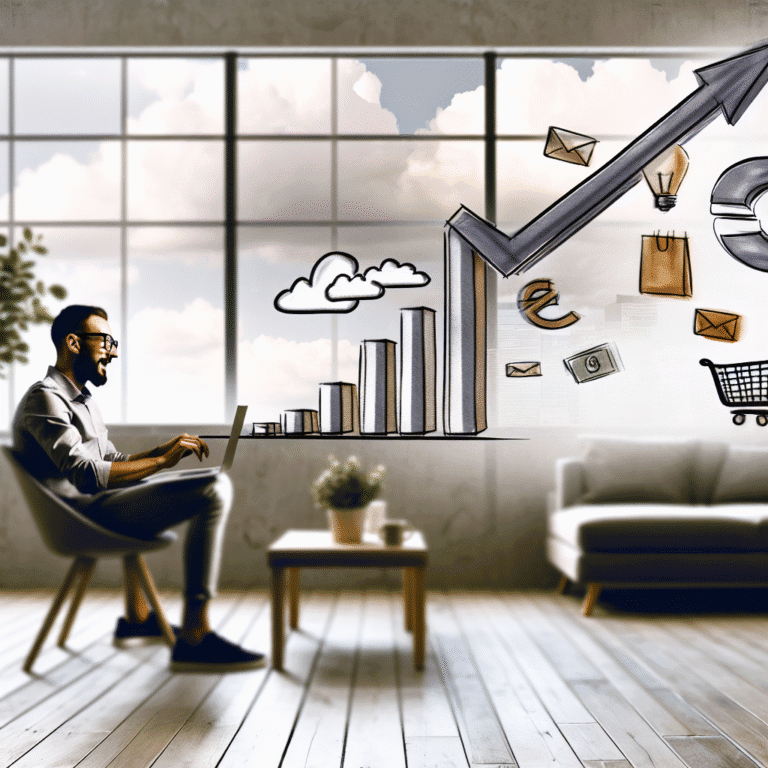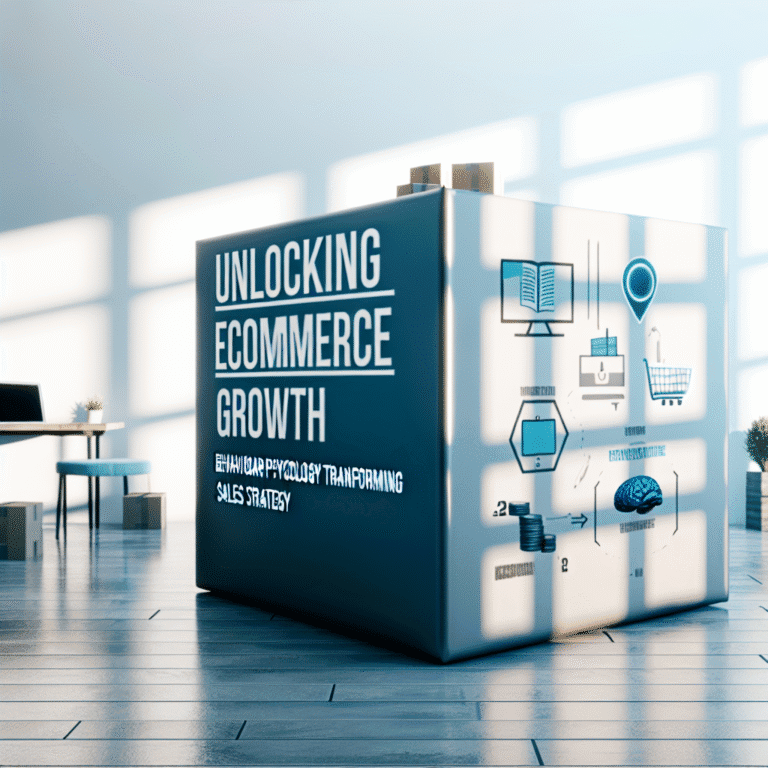Do you dream of a thriving online store, a haven for happy customers and a steady stream of sales? Ever feel overwhelmed by technical jargon and endless feature lists? This guide cuts through the confusion! We’ll unveil the 9 essential features that will transform your website into a customer magnet, boosting sales and propelling you ahead of the competition. Get ready to watch your ecommerce business flourish
In the ever-evolving realm of ecommerce, a captivating online store is the cornerstone of your success. But with countless features vying for your attention, where do you begin? Fear not, ecommerce entrepreneurs! Today, we’ll delve into the 9 essential features that will transform your website into a customer-centric magnet, boosting sales and propelling you ahead of the pack.
1. Mobile-First Mindset: Making Your Store Pocket-Perfect
Let’s face it, smartphones are an extension of ourselves. So, if your website isn’t optimised for mobile, you’re essentially turning away a legion of potential customers. Imagine this: a customer stumbles upon your beautiful website while on their commute, eager to browse your latest collection. But alas! The website pinches and zooms, buttons are microscopic, and frustration sets in. Poof! They’re gone, likely to a competitor with a mobile-friendly haven.
Here’s the Fix:
- Employ responsive design, ensuring your website adapts seamlessly to any screen size, be it a phone, tablet, or desktop.
- Leverage clear, easy-to-read fonts that won’t require zooming in.
- Make sure your calls to action (those enticing “Buy Now” buttons) are prominent and easy to tap with a finger.
Example in Action: Look no further than ASOS, the online fashion giant. Their website seamlessly adjusts to any device, offering a smooth and enjoyable shopping experience, no matter where you are.
2. Navigation Nirvana: Guiding Customers on a Seamless Journey
Ever stepped into a maze with no exit? That’s what a confusing website navigation feels like. Your customers should be able to intuitively find what they’re looking for, not get lost in a labyrinth of menus and subcategories.
Charting the Course:
- Design a clear and concise main menu, categorising your products logically.
- Utilise a user-friendly search bar, allowing customers to pinpoint specific items quickly.
- Employ breadcrumbs (those helpful navigational links at the top of the page), so customers can easily retrace their steps.
Real-World Example: John Lewis, the esteemed British retailer, nails website navigation. Their clear menus, intuitive search bar, and helpful breadcrumbs ensure a frustration-free shopping experience.
3. Product Powerhouses: High-Quality Images that Captivate
In the absence of a physical store, high-quality product images become your star salespeople. They’re the first impression that entices customers to delve deeper. Think about it: would you buy a pair of shoes from a blurry, pixelated image? Probably not.
Crafting Compelling Visuals:
- Invest in sharp, high-resolution product photos showcasing your items from multiple angles.
- Consider incorporating 360-degree product views, allowing customers to virtually examine every detail.
- Include lifestyle images featuring your products in action, helping customers envision how they’ll use them.
See it in Action: The Body Shop does a fantastic job with product visuals. Their website boasts crisp, clear images alongside lifestyle shots that inspire customers.
4. The Power of Persuasion: Customer Reviews that Build Trust
Let’s be honest, online shopping can feel like a leap of faith. Customer reviews bridge that gap, offering social proof and fostering trust. Positive reviews act as glowing testimonials, convincing potential customers that your products are worth the investment.
Harnessing the Voice of the Customer:
- Integrate a user-friendly review system, allowing customers to leave honest feedback on their purchases.
- Respond to reviews, both positive and negative, demonstrating that you value customer feedback.
- Showcase positive reviews prominently on product pages, but don’t shy away from negative ones (address them professionally to show you care).
Inspiration Station: Look at Amazon. Customer reviews are a cornerstone of their platform, influencing countless buying decisions.
5. Payment Powerhouse: Catering to Every Preference
Imagine reaching checkout, only to discover your preferred payment method isn’t available. Frustration? You bet. Offering a diverse range of payment options ensures a smooth and satisfying checkout experience for all.
Expanding Your Payment Portfolio:
- Include all the major credit cards (Visa, Mastercard, etc.) as well as debit cards.
- Consider integrating popular online payment services like PayPal, Apple Pay, and Google Pay.
- Explore the growing trend of cryptocurrency payments, catering to a tech-savvy audience (if it aligns with your brand).
Case Study: Schuh, the footwear retailer, understands the importance of payment options. They offer a wide range of methods, ensuring a convenient checkout for every customer.
6. Live Chat Lifeline: Bridging the Gap with Real-Time Support
Sometimes, browsing a website can spark questions or uncertainties. Live chat support acts as a virtual lifeline, offering real-time assistance and boosting customer confidence.
The Conversational Advantage:
- Implement a user-friendly live chat feature, allowing customers to connect with a customer service representative in real-time.
- Train your live chat staff to be knowledgeable, friendly, and prompt in their responses.
- Consider offering extended live chat hours to cater to customers in different time zones.
Live Chat in Action: Many major clothing retailers, like Marks & Spencer, leverage live chat to provide exceptional customer service and address queries instantly.
7. Personalised Path to Purchase: Recommendations that Resonate
In today’s data-driven world, personalisation is king. By tailoring the shopping experience to individual customers, you create a sense of connection and boost brand loyalty.
The Art of Personalisation:
- Leverage customer data (purchase history, browsing behaviour) to recommend products that might interest them.
- Implement targeted email campaigns showcasing products relevant to past purchases.
- Consider offering personalised product bundles or gift suggestions for a thoughtful touch.
Ecommerce Inspiration: Netflix’s recommendation engine exemplifies personalisation in action. By suggesting shows based on your viewing habits, they keep you engaged and coming back for more.
8. A/B Testing Alchemy: Optimising for Success
Imagine having a magic potion that reveals what resonates most with your customers. Well, A/B testing is pretty darn close! By experimenting with different website elements, you can identify what works best and continuously improve your online store.
The Testing Transformation:
- Utilise A/B testing tools to compare different versions of your website (e.g., product page layouts, call to action buttons).
- Analyse the results to see which version performs better in terms of conversions (customer purchases).
- Continuously iterate and refine your website based on the data you collect.
Real-World Example: Websites like Booking.com constantly A/B test different layouts and features to optimise the user experience and maximise conversions.
9. Upselling and Cross-Selling Magic: Boosting Sales with Strategic Suggestions
While customers are making a purchase, why not present them with enticing opportunities to add more to their basket? Upselling and cross-selling are powerful tools to increase your average order value.
The Art of the Upsell and Cross-Sell:
- Recommend complementary products that enhance the customer’s original purchase (e.g., suggesting a phone case alongside a new phone).
- Offer upgrade options for the product they’re considering (e.g., highlighting a premium version with additional features).
- Employ subtle messaging that doesn’t feel pushy, but rather suggests ways to get the most out of their purchase.
Ecommerce Masterclass: Amazon is a master of upselling and cross-selling. Their “frequently bought together” sections and targeted product recommendations tempt customers to add more to their cart.
By incorporating these essential features, you’ll transform your ecommerce website from a virtual storefront into a customer magnet. Remember, a successful online store is an ongoing journey of optimisation and refinement. Embrace the ever-evolving landscape of ecommerce, keep these features at your core, and watch your sales soar!





